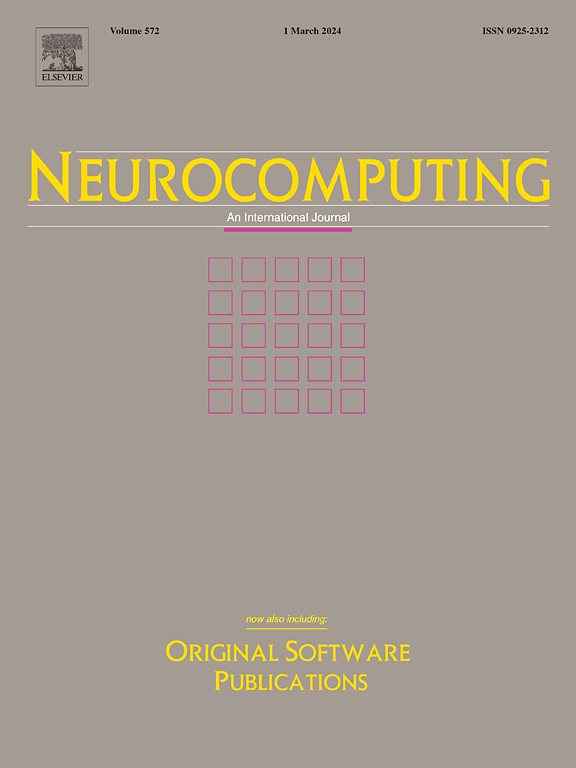TPGRec: Text-enhanced and popularity-smoothing graph collaborative filtering for long-tail item recommendation
IF 5.5
2区 计算机科学
Q1 COMPUTER SCIENCE, ARTIFICIAL INTELLIGENCE
引用次数: 0
Abstract
GNN-based graph collaborative filtering methods have shown significant potential in recommendation systems, but they are often challenged by the long-tail effect due to exposure bias. While existing methods utilize techniques like contrastive learning, data augmentation and resampling as countermeasures, their reliance on ID-based embeddings can result in less informative representations and limit the model’s grasp of intricate neighbor relationships. Recent researches have attempted to improve overall recommendation performance by incorporating text information for items, but they usually rely on extra graph structures or complex calculations, increasing computational costs and lacking adequate consideration for long-tail items. In this paper, we propose TPGRec, a novel Graph collaborative filtering method jointly from the text enhancement and popularity smoothing perspectives, which simultaneously improves both overall and long-tail recommendation performance. Initially, we introduce a balancing mechanism applied to the graph structure and training set to reduce the influence of popular items. Upon this, a structural-level contrastive learning technique is proposed for graph representation learning, which captures complex structural relationships without introducing excessive noise to node representations. Furthermore, we develop a semantic-level contrastive learning strategy that effectively and economically integrates ID embeddings with textual data, establishing implicit semantic relationships and deepening the model’s understanding of items. Ultimately, we develop a popularity-balanced BPR optimization module to facilitate fair recommendation opportunities for items of varying popularity and promote the model’s discriminative power over hard negative samples. Comprehensive experiments on four real-world datasets have demonstrated the superiority of TPGRec compared with the state-of-the-art baselines. Our codes and datasets are available at Github: https://github.com/ycy89/MyTPGRec.
求助全文
约1分钟内获得全文
求助全文
来源期刊

Neurocomputing
工程技术-计算机:人工智能
CiteScore
13.10
自引率
10.00%
发文量
1382
审稿时长
70 days
期刊介绍:
Neurocomputing publishes articles describing recent fundamental contributions in the field of neurocomputing. Neurocomputing theory, practice and applications are the essential topics being covered.
 求助内容:
求助内容: 应助结果提醒方式:
应助结果提醒方式:


